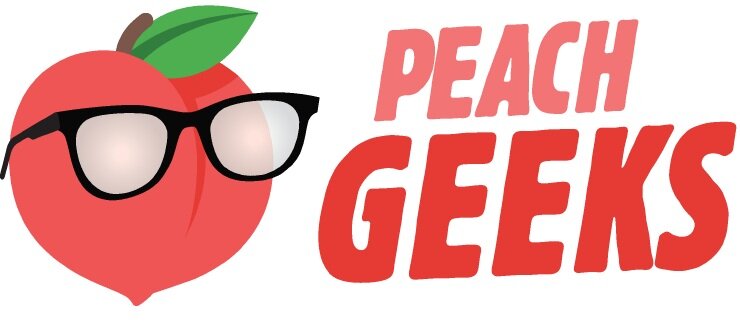Hidden Figures
Hidden Figures
Release Date: December 25th, 2016
Distributor: 20th Century Fox
Rating: PG
Directed by: Theodore Melfi
Written by: Allison Schroeder, Theodore Melfi
Starring: Taraji P. Henson, Octavia Spencer, Janelle Monáe as Mary Jackson, Kevin Costner, Kirsten Dunst, Jim Parsons, Glen Powell, and Mahershala Ali.
It's 1962, and the U.S. is trying to catch up to the U.S.S.R in the Space Race. Mathematician Katherine Goble and her friends and colleagues Mary Jackson and Dorothy Vaughan work at Langley Research Center as "computers," women who are used to calculate long mathematical computations. Katherine has been assigned to work with the Space Task Force headed by director Al Harrison, and she becomes the first African-American woman to work with the male-dominated group of engineers. Meanwhile, Mary Jackson is being persuaded by her boss to apply for an engineer position, despite not being a white man, while Dorothy Vaughan fights to receive the title and pay of the supervisor position she has unofficially been acting as for awhile. She also discovers that the imminent installation of the IBM 7090 computer could put her and the other women out of jobs.
Despite the fact that these women are geniuses and their presence crucial to the success of the space program, they still face opposition for being women and being black. And it comes from all angles: they are being kept down by the state, by their institutions, and even within their own families and communities. Hidden Figures is constantly showing us the overwhelming oppression these women faced in their everyday lives. It opens with a scene of the three leads trying to fix their broken down car so they can get to work, only to have an aggressive police officer pull over and to threateningly exit his car with a baton. The motions the women have to dance in order to avoid harassment are exceptional. Jackson can't become an engineer because they keep adjusting the requirements to make it more difficult for her, and the classes she needs aren't available to her because it's "never been done before," as if that were an actual reason. And as Jackson points out, this is a story about doing what has never been done before. It's a film about progress, not just in science but in civil rights and civil life as well, and these parallels allow it to transcend beyond its premise.
This movie is a much-needed injection into our pop culture consciousness, now more than ever, because it supports two institutions that will become increasingly more maligned over the next few years. The first is science. Scientific progress and NASA especially have faced budgeting issues, questionable sponsorship, and an increasingly incredulous public that questions empirical facts. The second is civil rights and civil liberties. It boggles my mind that when we were sending John Glenn into orbit, we still had separate drinking fountains. But these are the facts, and while our current cultural landscape is leaps and bounds ahead of the 1960s, we still have a long way to go. We mustn't become complacent and think these fights have been won. Progress marches ever forward, and Hidden Figures inspires us to continue that fight.

